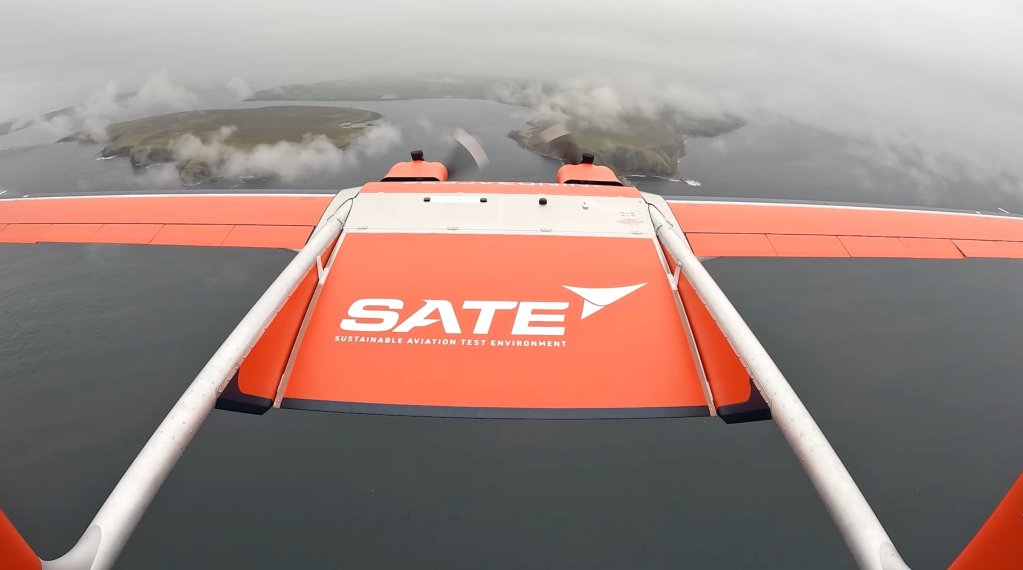SATE project awarded new funding through Innovate UK Future Flight competition
Innovations in aviation such as cargo-carrying drones and electric planes are getting closer to taking off regularly in the Highlands and Island due to new funding.
The area is already testing a series of state-of-the-art technologies that could overcome historic challenges of remoteness and cost of connectivity.
New support will help bring projects from the test and demonstration stage to commercial development
The Sustainable Aviation Test Environment (SATE) project will deliver a regional sustainable aviation strategy for the region.
This will create a roadmap for new technologies to eventually help support lifeline services as well as net zero ambitions and bring economic development to the area.
Pioneering projects could bring improvements for residents and visitors, as well as revolutionising logistics for businesses and healthcare.
Among the future uses of drone and low-carbon aircrafts could be in the rapid delivery of medicines, such as chemotherapy drugs, significantly helping patients and cutting waste.
It could also help high-value, time-sensitive industries such as seafood and aquaculture, where delays can drastically impact product quality and economic viability,
In its funding application, SATE said: “These technologies offer a means to bypass traditional transport bottlenecks, enabling producers to maintain competitiveness by minimising spoilage and financial losses.
“Rapid air mobility addresses critical infrastructure requirements within the renewable energy sector, facilitating prompt delivery of essential parts to wind farms and other assets.”
SATE established the UK’s first operationally based low-carbon aviation test centre, based at Kirkwall Airport. Led by the regional transport partnership, the Highlands and Islands Transport Partnership (HITRANS), it has evolved to become a major regional asset.
SATE has now been granted a new round of funding through the UK Government’s Future Flight Regional Demonstrator fund. This new round of funding brings together 13 consortium partners and includes Hybrid Air Vehicles, Skyports Deliveries, Streamline Shipping Agencies, European Marine Energy Centre, University of the Highlands and Islands, Urban Foresight, Windracers, Regional & Business Airports Group, Loganair, Shetland Islands Council, Cormorant SEAplanes and Cranfield Aerospace Solutions.
The £199,912 funding across the partners will go towards the costs of to deliver the strategy. In-depth case studies will be undertaken across the region, focused on Orkney and Argyll & Bute, to inform the overall strategy. Findings will also help develop aviation projects for other remote and rural regions where aviation is essential.
David Holden, Regional Sustainable Aviation Manager for HITRANS said “The Highlands and Islands is uniquely placed for this work, with much of the region characterised by dispersed populations, remote and rural communities, and energy infrastructure challenges.
The region is therefore dependent on aviation for access to key services such as employment, education, healthcare, and social and leisure activities.
However, the cost of subsidising an increasing demand for regional air travel, in line with UK and Scottish Government net zero targets, make it vital that we explore more sustainable methods of flying to meet the needs of the region with both environmentally and economically efficient solutions.”
Website: sate.scot
Contact email: info@hitrans.org.uk
Supporting image: Windracers ULTRA aircraft photographed during flight trials in Orkney, through the last phase of SATE funding
